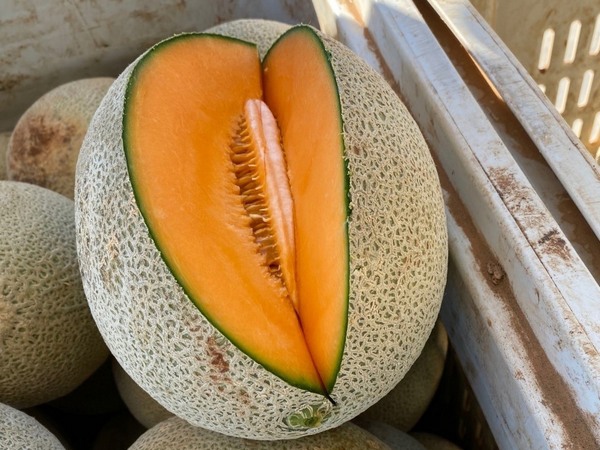Australian melon growers are looking forward to the 2021/22 summer season because it will give growers a chance to bounce back after challenges brought about by the pandemic.
The most alarming thing, according to Melons Australia Executive Director, Johnathon Davey was that in the 2021 season, exports dropped by 40 per cent. While total volume produced was also down by six per cent.
"We are looking at all possible options in rebuilding after COVID," he said. "Prices have remained pretty constant and that creates other challenges really because we know that the cost of production continues to increase. In talking with growers, they are talking of increases as much as 50 per cent in the coming 12 months to their cost of production. So, for fertilisers, fungicides, transport and other costs are at record highs and it's the growers that really feel the pinch. But having said that, there are plenty of melons out there for consumers and the good news is that all melons are Aussie-grown; so, we want consumers to get out there and support our Aussie farmers."

Mr Davey sees a good opportunity for industry to increase consumer demand, with the help of appropriate marketing and promotional tools. But another major step in boosting sales will be the opening up of hospitality and tourism businesses which have been also been impacted by COVD and government lockdowns.
"We are hoping that reopening of borders and easing of restrictions on the tourism sector as well as inbound travel increasing can assist us greatly too," Mr Davey said. "When you check-in to a hotel and you go down to the buffet breakfast or lunch, there is always melons in terms of a fruit offering. Same with cruise ships and airlines - that whole tourism sector has reduced significantly - our growers, the markets and our saleability has taken a major hit too. All those challenges aside, we are hearing that the growers are 'fired up' and are ready to provide consumers with the best quality melons, and we will continue to do so."
Weather-wise, Mr Davey admits that winter and spring have been cooler and wetter than in recent years, and some of the yields in North Queensland have been slightly lower. But he says that has not impacted the quality of the melons that they have been able to provide to the consumer.
 "There's not too much of a shift in terms of the timeline of when different melons come online and drop-off," he said. "That's the joy of Australian melons is that all of the melons that Australians consume in the country are Australian-grown. We also have varying weather conditions across the country (that allow for a steady year-round supply). The Bundaberg region is just kicking off their melon picking at the moment. So, there is new season fruit from Bundaberg is coming online into stores at the moment. Then we have southern Queensland, New South Wales and northern Victoria and even stretching across to Southern WA, who are planting and growing and present and they will supply fruit from mid-December to Easter and then the focus shifts to Northern Australia again."
"There's not too much of a shift in terms of the timeline of when different melons come online and drop-off," he said. "That's the joy of Australian melons is that all of the melons that Australians consume in the country are Australian-grown. We also have varying weather conditions across the country (that allow for a steady year-round supply). The Bundaberg region is just kicking off their melon picking at the moment. So, there is new season fruit from Bundaberg is coming online into stores at the moment. Then we have southern Queensland, New South Wales and northern Victoria and even stretching across to Southern WA, who are planting and growing and present and they will supply fruit from mid-December to Easter and then the focus shifts to Northern Australia again."
 For more information
For more information
Johnathan Davey
Melons Australia
execofficer@melonsaustralia.org.au
www.melonsaustralia.org.au
